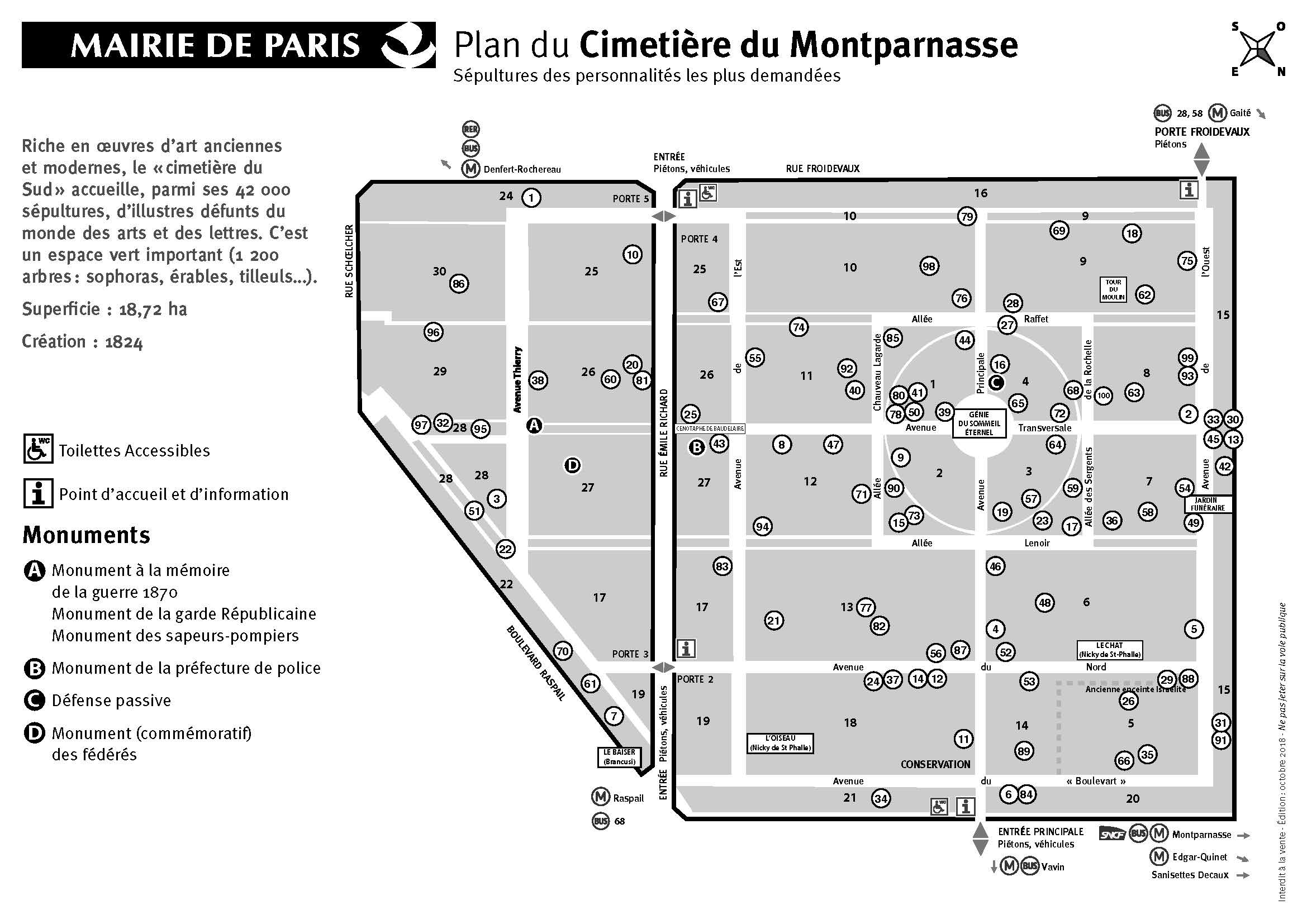Simone de Beauvoir
Not-So-Fun Fact
In 1993, French author Bianca Lamblin wrote in her book Mémoires d’une jeune fille dérangée (Memoirs of a deranged young girl, published in English under the title A Disgraceful Affair) of her sexual exploitation by Sartre and Beauvoir. Lamblin claims that while a student at Lycée Molière, she was sexually exploited by her teacher Beauvoir, who introduced her to Sartre a year later. Sartre and Beauvoir frequently followed this pattern, in which Beauvoir would seduce female students and then pass them on to Sartre.
As more women came forward, the appalling truth about Beauvoir is she was a sexual predator of the worst kind, grooming some of her female high school students in Rennes for threesomes with her and Sartre, as documented in her own letters to Sartre and in the book Tête à Tête by Hazel Rowley.
Cemetery Information:
Final Resting Place:
Cimetière du Montparnasse
3 Bd Edgar Quinet
Paris, , 75014
France
Europe
Map:

Grave Location:
Division 20Grave Location Description
As you enter through the main entrance, at the intersection of Avenue Principale and Avenue du Boulevart, turn right on Avenue du Boulevart and count 8 spaces on your right and you will find the final resting place of Jean-Paul Sartre and his companion Simone de Beauvoir.
Grave Location GPS
48.840263, 2.327223Visiting The Grave:
Photos:
FAQ's
Read More About Simone de Beauvoir:
- Published Obituary
- Wikipedia Entry
- Simone de Beauvoir and Second-Wave Feminism
- Was Simone de Beauvoir as feminist as we thought?
- Becoming A Woman: Simone de Beauvoir on Female Embodiment
- What Simone de Beauvoir and Jean-Paul Sartre taught me about love
- Did Simone de Beauvoir's open 'marriage' make her happy?
- What is authentic love? Simone de Beauvoir's View
- Why Simone De Beauvoir’s Same-Sex Love Story Nearly Wasn’t Published (Until Now)
- Were Sartre and De Beauvoir the world’s first modern couple?
- When Nelson Algren Fell in Love with Simone de Beauvoir
- 'You are my destiny': Simone de Beauvoir's mad passion for young lover revealed in letters
- Stanford Encyclopedia of Philosophy - Simone de Beauvoir
- ‘I’m against all forms of oppression’: Simone de Beauvoir, in her own words from 1959









